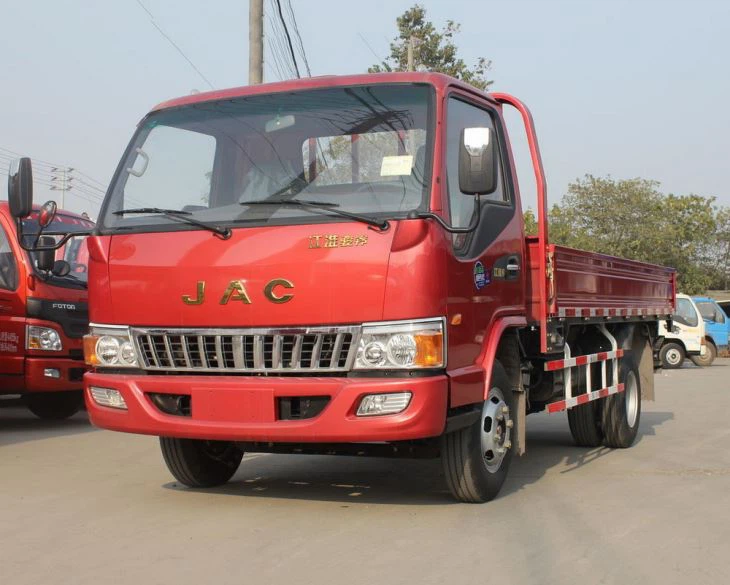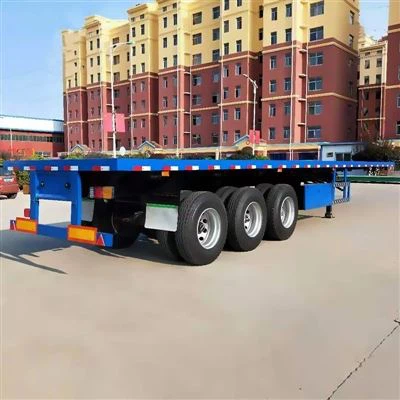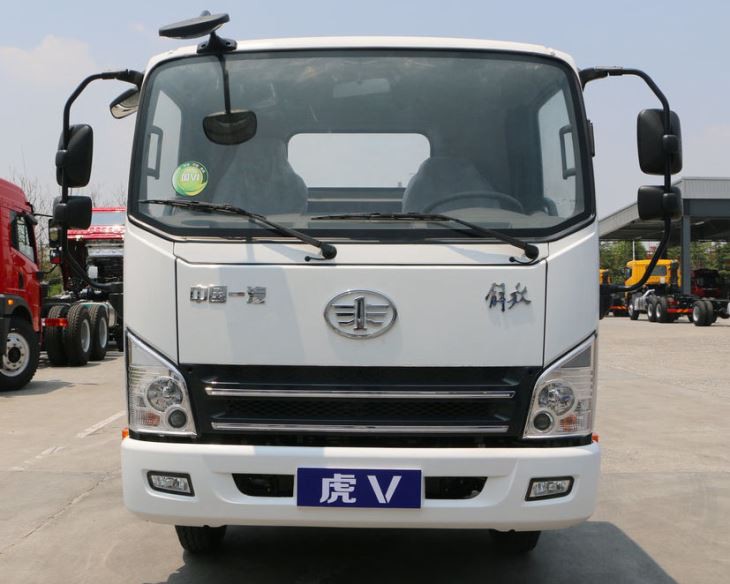Essential Forklift Propane Tank Storage Requirements: A Comprehensive Guide

Introduction
When it comes to operating forklifts, safety, and compliance are paramount. One crucial aspect of forklift safety involves the proper storage of propane tanks. These tanks power the forklifts, and incorrect handling or storage can lead to accidents or hazardous situations. Understanding and adhering to forklift propane tank storage requirements is vital for businesses that rely on these machines. This article explores these requirements, emphasizing best practices, regulations, and practical tips for maintaining a safe and efficient work environment.
Understanding Propane Tanks
Before delving into storage requirements, it’s essential to understand what propane tanks are and how they function.
What is a Propane Tank?
Propane tanks are cylindrical containers that store propane gas under pressure. They are commonly used to power forklifts because of propane’s efficiency and clean-burning characteristics.
Types of Propane Tanks
Propane tanks come in various sizes and designs ranging from small portable tanks to larger stationary tanks. For forklifts, the most typical tank sizes are:
- 20 lb tanks: Often used for smaller forklifts or light-duty applications.
- 33 lb tanks: Common for mid-range forklifts.
- Forklift refillable tanks: Usually 33 lb to 100 lb for heavy-duty operations.

Regulations Governing Propane Storage
Several regulations govern the storage of propane tanks, primarily focusing on safety standards to mitigate risks associated with propane. These regulations include:
OSHA Standards
The Occupational Safety and Health Administration (OSHA) has set forth regulations regarding the safe handling and storage of propane cylinders. Employers must ensure that propane tanks are securely stored and employees are trained in proper handling procedures.
NFPA Codes
The National Fire Protection Association (NFPA) provides guidelines in NFPA 58, which covers the storage and handling of liquefied petroleum gases (LPG), including propane. These codes stipulate minimum distances between stored propane tanks and sources of ignition.
Department of Transportation (DOT) Regulations
The DOT regulates the transportation of propane tanks to ensure safety during transit. This includes proper labeling, securing of tanks, and adherence to specific weight limits during transport.
General Forklift Propane Tank Storage Requirements
Compliant storage of propane tanks involves several critical factors. Here are the primary requirements for safe storage:
Location of Storage
Propane tanks should be stored outdoors or in well-ventilated areas away from occupied buildings and other potential hazards.
Recommended Distances
| Hazard Type | Minimum Distance (feet) |
|---|---|
| Buildings | 25 |
| Property Lines | 10 |
| Ignition Sources | 50 |
Temperature Control
Ensure that propane tanks are stored in areas that shield them from extreme temperatures. Elevated temperatures can increase pressure within the tank, leading to potential leakage or rupture.
Secure Storage Solutions
Utilize racks or cages for storing propane tanks. Secure storage keeps tanks safely in place and prevents accidental tipping or movement.
Safe Handling Procedures for Propane Tanks
Proper handling practices are equally important as storage requirements. Here are essential handling tips:
Personal Protective Equipment (PPE)

Always wear appropriate PPE, which includes gloves and safety goggles, when handling propane tanks. This reduces the risk of injury in case of an accident.
Inspecting Tanks Before Use
Conduct a thorough inspection of propane tanks before use. Look for signs of corrosion, leaks, or damage. Any damaged tank should be reported and processed according to your facility’s safety protocols.
Safe Refueling Practices
When refueling forklifts, ensure that the area is evacuated of non-essential personnel and free from sources of ignition. Follow recommended procedures for connecting and disconnecting tanks.
Use of Pressure Gauges
Incorporate the use of pressure gauges to monitor the internal pressure of the tank, ensuring that it operates safely and efficiently.
Training and Emergency Preparedness
Training employees on propane safety is crucial for compliance and ensuring a safe work environment. Include the following in your training programs:
Employee Training Requirements
- Understanding of propane properties and hazards.
- Proper handling and storage techniques.
- Emergency response procedures.
- Knowledge of local regulations and compliance requirements.
Emergency Response Procedures
Develop an emergency response plan that includes actions to take in case of a propane leak or fire. Conduct regular drills to ensure all employees are familiar with the protocols.
Best Practices for Forklift Propane Tank Storage
In addition to the defined regulations and requirements, adhering to best practices can enhance safety and efficiency:
Regular Maintenance and Inspections
Schedule regular inspections of the storage area and tanks. Check for leaks, damages, and wear to ensure compliance with safety standards.

Documentation and Record Keeping
Keep accurate records of tank inspections, maintenance, and training sessions. This organized documentation can assist in compliance audits and improve safety protocols.
Utilizing Technology
Leveraging technology such as automated tank monitoring systems can help track tank levels and detect leaks early, ensuring proactive management of propane use and safety.
Case Studies of Compliance Failures
Historically, failure to comply with propane storage requirements has led to significant accidents. Studying these cases can offer valuable lessons:
Case Study 1: Warehouse Fire
In 2019, a warehouse fire was traced back to improperly stored propane tanks near an ignition source, resulting in extensive damages and injuries. This incident underscored the importance of adhering to safe distances from ignition sources.
Case Study 2: Employee Safety Violation
A logistics company faced penalties after employees were found handling propane tanks without proper PPE. The violation not only led to fines but also highlighted the need for comprehensive training programs.
FAQs
What is the best way to store propane tanks for forklift use?
Store propane tanks in a well-ventilated area away from buildings and ignition sources. Use designated racks or cages for secure storage.
How often should propane tanks be inspected?
Propane tanks should be inspected regularly, at least annually, or more frequently if visible damage or corrosive signs are present.
Can propane tanks be stored indoors?
Generally, propane tanks should be stored outdoors or in well-ventilated areas. Indoor storage is only permissible under specific regulations and must still follow safety guidelines.
What should I do if I smell propane?
If you smell propane, immediately evacuate the area and avoid turning off any electrical devices. Contact emergency services and inform the propane supplier.
Are there special regulations for large propane tanks?
Yes, large propane tanks have specific regulations regarding spacing, installation, and monitoring that must be adhered to, as outlined by NFPA and local fire codes.
How can I ensure my employees are adequately trained in propane safety?
Implement regular training sessions, provide written materials on propane safety, and conduct drills for emergency response procedures to ensure thorough employee education.
